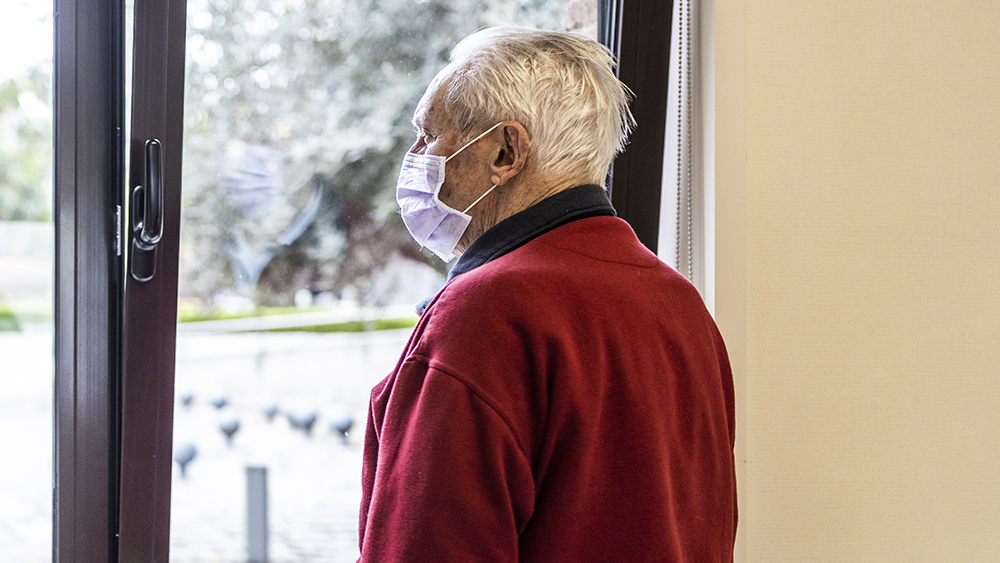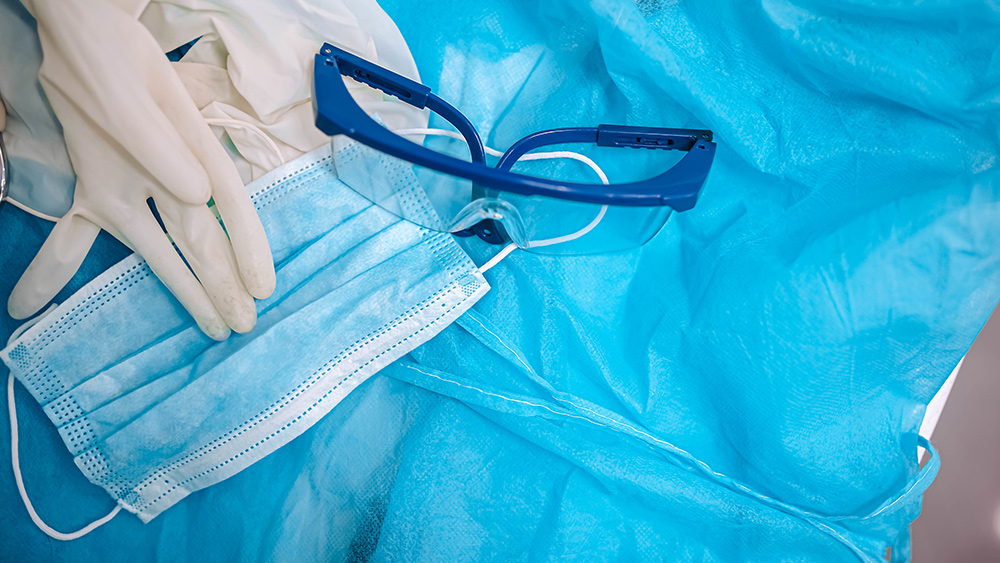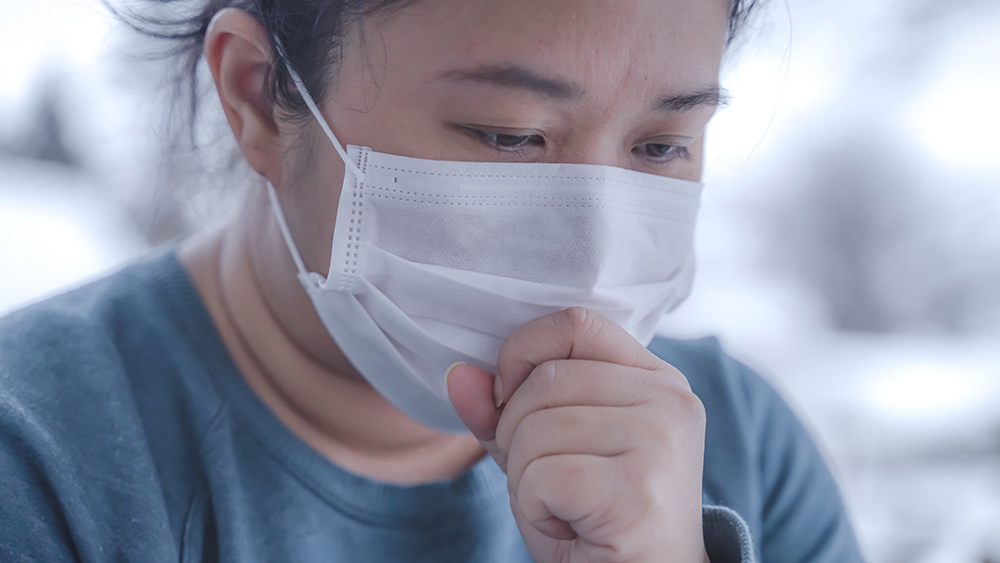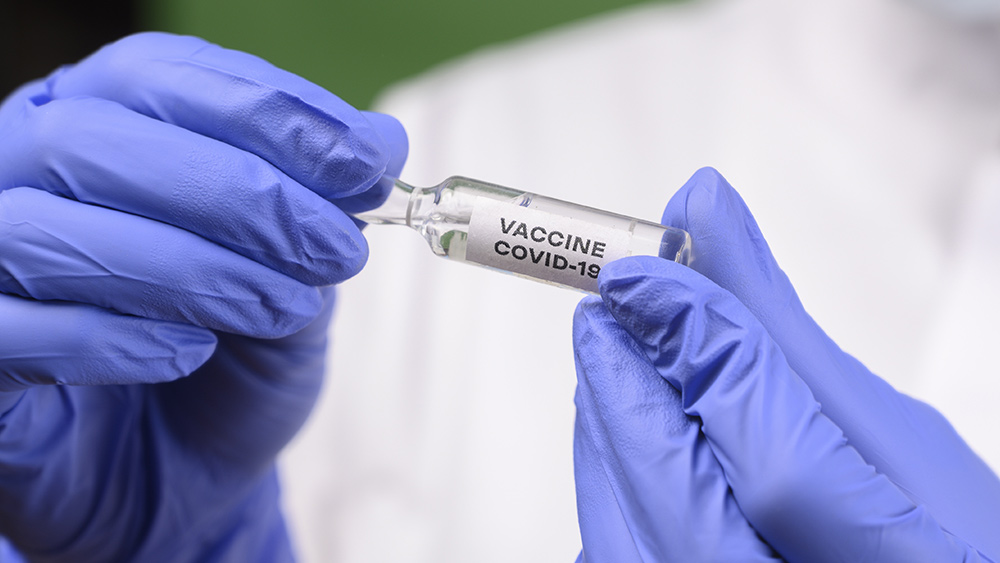Pain under the ribs? Here are a few reasons why it happens
05/05/2020 / By Divina Ramirez

Experts and healthcare professionals classify the abdomen into four quadrants to better identify ailments and conditions unique to each one. The right upper quadrant (RUQ) includes organs like the pancreas, right kidney, gallbladder and liver, as well as the ribs and intestines.
Often, pain under the ribs in this region indicates a serious health problem due to the vital organs involved. It is important to identify the cause of pain as soon as possible so that adequate treatment can be administered.
Here are 10 possible causes of pain in the RUQ:
Gastrointestinal issues
Digestive problems like indigestion and gastroesophageal reflux disease (GERD) can cause pain under the ribs. But unlike indigestion, GERD is a more serious condition that occurs when stomach acids flow back into the esophagus. If left untreated, GERD can damage the esophagus and cause chronic pain below the ribs.
Kidney infection
Pain due to a kidney infection tends to occur in the back, just below the ribs. Other symptoms of a kidney infection include fever, nausea, pain in the sides, painful urination and dark or bloody urine that smells foul. If you suspect a kidney infection, seek immediate medical attention to inhibit bacterial growth.
Kidney stones
Other kidney problems like kidney stones can also cause pain in the RUQ. Signs you might have kidney stones include fever, painful urination, bloody urine and an inability to urinate.
Gallstones
Excess cholesterol can also crystallize into stones in the gallbladder, the pear-shaped structure under the liver that stores bile. Like kidney stones, gallstones cause a sharp pain in the RUQ, which can last for several hours. Other signs you might have gallstones include fever, brown urine, nausea and light-colored stool.
Liver abscess
A liver abscess, also commonly known as a hepatic abscess or pyogenic liver abscess, is a collection of pus in the liver. It is often the result of a bacterial, viral or fungal infection. Besides pain and tenderness in the RUQ, a liver abscess can also cause unintentional weight loss, yellow skin, fever and gray stool.
Other liver conditions
Pain under the ribs can also be due to other liver conditions like cirrhosis, fatty liver disease and liver cancer. Because these conditions can lead to death, it is important to look out for symptoms as early as possible. Signs you might have a serious liver condition include a sensation of fullness under the ribs, loss of appetite, sudden weight loss and swollen veins.
Preeclampsia
This pregnancy complication is marked by high blood pressure and liver or kidney damage or both. Women with preeclampsia tend to feel pain in the RUQ, which might spread to the lower back, as well as sudden weight gain and shortness of breath. However, high blood pressure alone can indicate preeclampsia even without the presence of other symptoms.
Pancreatitis
Pancreatitis, a disease of the pancreas characterized by inflammation, tends to cause pain in both the RUQ and the left upper quadrant (LUQ). It is often a complication of gallstones, but it can also occur due to excess alcohol consumption.
Pneumonia
Lung conditions like pneumonia tend to cause severe chest pain that spreads to the sides, shoulders and upper back. You might also experience sharp pain under the ribs from frequent coughs. (Related: Pneumonia happens to everyone, but when does it become fatal?)
Costochondritis
Costochondritis is a condition marked by an inflammation of the cartilage in the rib cage. It typically affects the cartilage where the ribs attach to the breastbone, which is why it tends to cause chest pain that spreads to the ribs and the sides.
Pain under the ribs in the RUQ can be due to several conditions that affect the organs and tissues in that area. If you experience chronic or severe pain in the RUQ, which might also be accompanied by unexplained weight loss, black stool and a swollen abdomen, seek professional treatment immediately.
Visit Prevention.news to learn more about the causes of RUQ and how to prevent them.
Sources include:
Tagged Under: chest pain, costochondritis, fatty liver disease, gallstones, GERD, kidney stones, liver damage, liver disease, pain under the ribs, pancreatitis, Pneumonia, preeclampsia




















